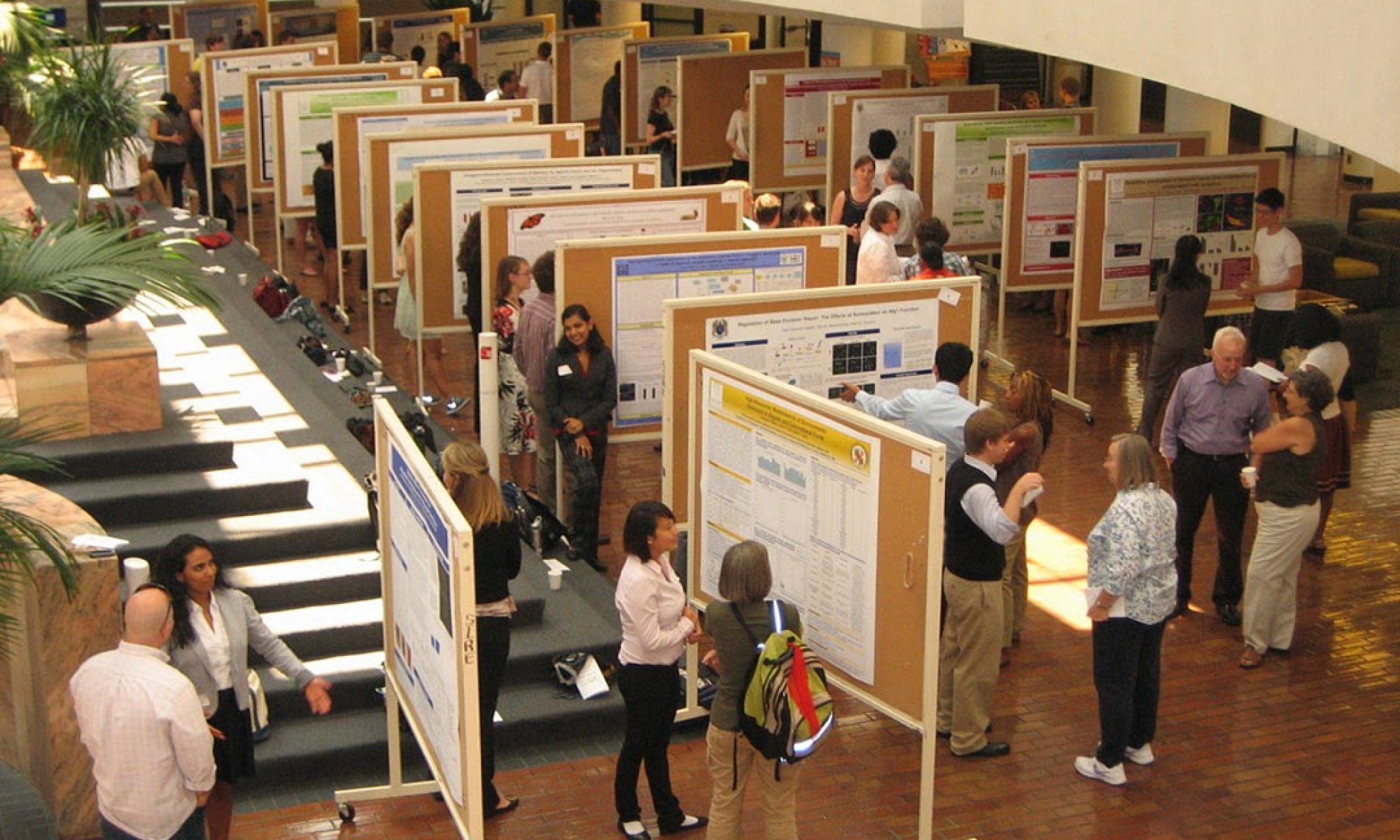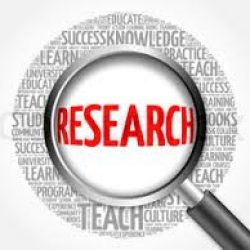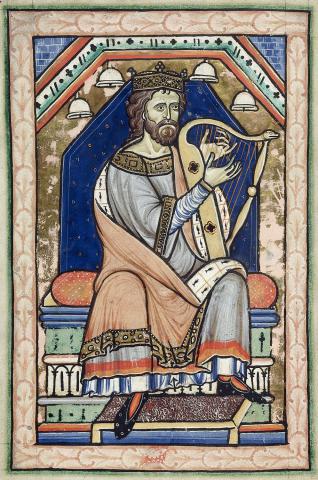My research looks at Jewish influences on (Christian) translations of the Psalms into English in the Middle Ages. To begin, I took a broad look at various reception histories of the Psalms: ancient Israelite, Karaite, rabbinic, early Christian, lay Christian, monastic Christian, and interfaith reception. The media of reception ranged from written texts (Masoretic Text, Qumran scrolls) to musical psalters to illuminated manuscripts to poetic interpretations to theological exegesis. My tour of the reception history gave me a number of fun glimpses of ongoing research on the Psalms, including modern attempts at understanding how the Psalms may have been sung in their ancient conception.*
Here are the books I flipped through for this preliminary research:

My main goals in taking this survey on the Psalms through the ages include:
1. Glean a general understanding of the arc of the history of the Psalms
2. Understand the state of current scholarship on the Psalms
3. See how much research has been done on my specific research topic
4. Find leads as starting points to look deeper into for my research
To my delight, I found that there has been a recent increase in scholarship on Psalms reception history, seemingly coming out of nowhere. At Oxford University, a gathering of scholars from all over the world has formed a community of sorts for such research.
Looking at my specific topic, I found some points of interest. The first English translations of the Psalms appear in the 9th C. Later, starting at the turn of the 11th C., medieval scholars became more and more interested in the literal meaning of Biblical texts, leading them to care for its original linguistic integrity. A number of medieval English scholars worked in Paris, where some interchanged knowledge with the Jewish community there. These interchanges often produced glosses–mostly in Latin–of the Psalms. Following the glosses came a resurgence of full translations of the Psalms into the English vernacular. A significant portion of these translators (many of them figures who planted the seeds of the Reformation) preferred to translate straight from the Hebrew.
In further research, I am thinking to look deeper into the interchanges between Anglo-Norman scholars and Jewish rabbis. I am also hoping to find some interfaith interchange that may have affected the earlier (9th-C.) translations, although I am not betting on the existence of such interchange. I will be speaking with my adviser this Thursday to decide on my direction from here on.
*David C. Mitchell, How Can We Sing the Lord’s Song?: Deciphering the Masoretic Cantillation explains modern efforts at understanding the actual musical implications of the Trope symbols that are found on the Masoretic Text’s copy of the Psalms.


